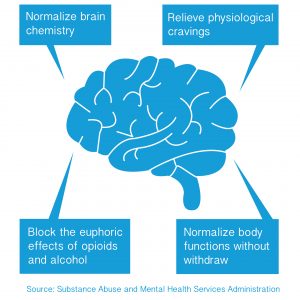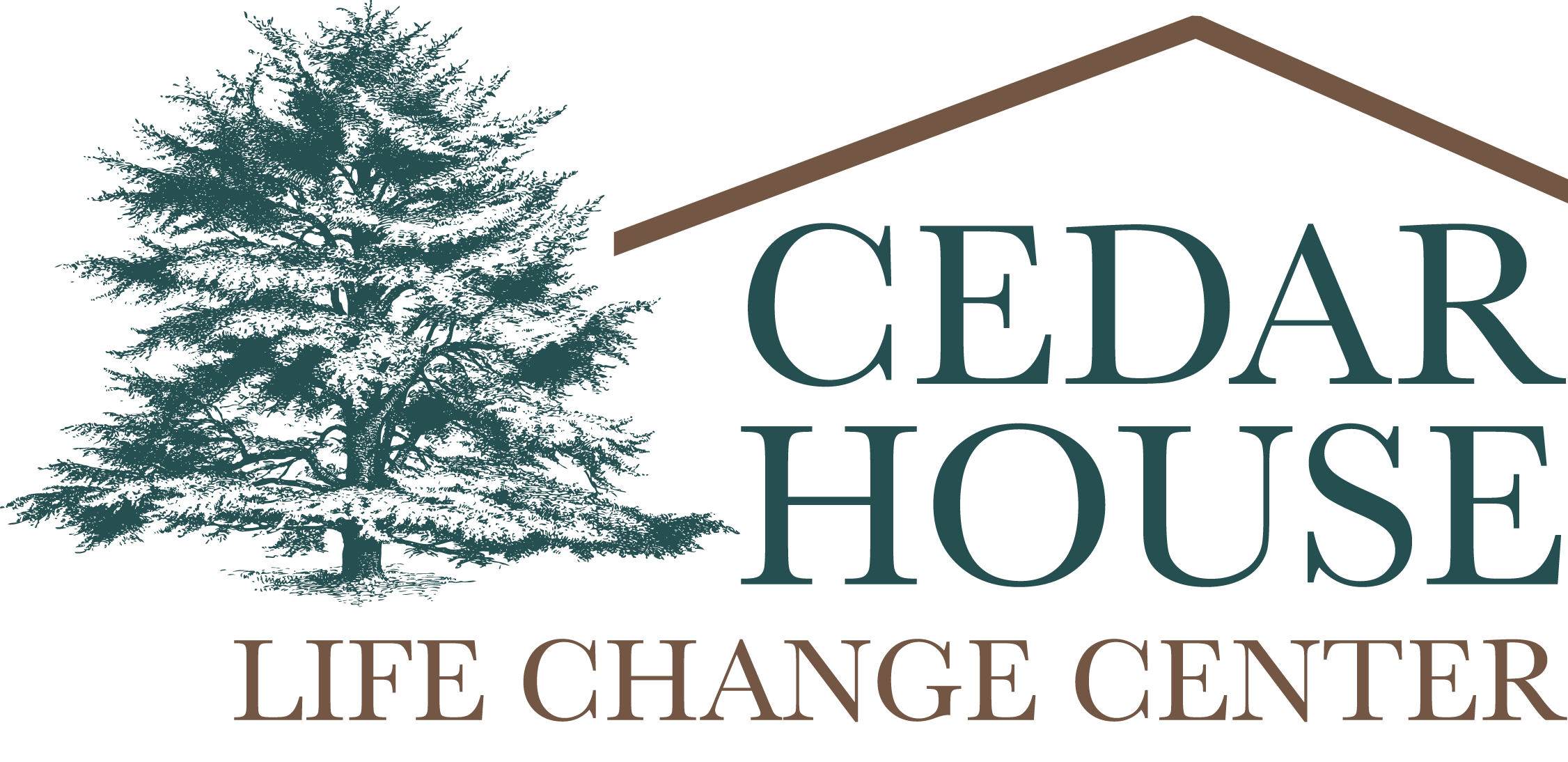What is MAT?
Medication-assisted treatment (MAT) is the use of medications, in combination with counseling and behavioral therapies, to provide treatment for substance use disorders (SUD). First and foremost, it’s important to note that Cedar House treats each client as an individual. At the start of treatment, clients sit down with their case managers and determine a treatment plan that works best for them. In some cases, MAT is used to prevent or reduce overdose. In others, a combination of medication and therapy can successfully treat the SUD. MAT works to help sustain recovery in many cases.
How does it work?
MAT is primarily used for the treatment of addiction to opioids such as heroin and prescription pain relievers that contain opiates. The prescribed medication:
- normalizes brain chemistry
- relieves physiological cravings
- blocks the euphoric effects of alcohol and opioids
- normalizes body functions without the negative and euphoric effects of the substance used.

MAT is clinically effective because it provides a comprehensive, individualized combination of medication and behavioral therapy that addresses clients’ needs.
Ultimately, the goal of MAT is full recovery with the ability to live a meaningful life free from addiction. Research shows that this approach:
- reduces overdoses
- increases retention in treatment
- decreases illicit opiate use and other criminal activity among people with substance use disorders
- improves birth outcomes among women who have substance use disorders while pregnant
- increases a client’s ability to maintain employment after treatment
What medications are used?
The Food and Drug Administration (FDA) has approved several different medications to treat alcohol and opioid use disorders. These medications do not just substitute one drug for another. Rather, they relieve withdrawal symptoms and psychological cravings that cause chemical imbalances in the body. Cedar House’s MAT program offers evidence-based treatment options that are clinically driven and tailored to meet each client’s needs. For Alcohol Use Disorder, acamprosate, disulfiram, and naltrexone are the most common medications used. While these do not provide a cure for the disorder when used alone, they can be effective when used with behavioral therapies. Buprenorphine, methadone and naltrexone are used to treat addiction to short-acting opioids such as heroin, morphine, and codeine, as well as semi-synthetic opioids like oxycodone and hydrocodone. These MAT medications can be safe for clients to use for months, years, or even a lifetime if necessary. Naloxone is used to prevent opioid overdose by reversing the toxic effects of the overdose.
Cedar House provides assistance in connecting clients with Narcotic Treatment Programs (NTPs) or Opioid Treatment Programs (OTPs) in the area where they will be transitioning to ensure a smooth transition and prevent any lapses in care. Interested in learning more about MAT at Cedar House? Give us a call at 909-421-7120.
A reminder about child safety
It’s important to remember that if medications are allowed to be kept at home, they must be locked in a safe place away from children.
